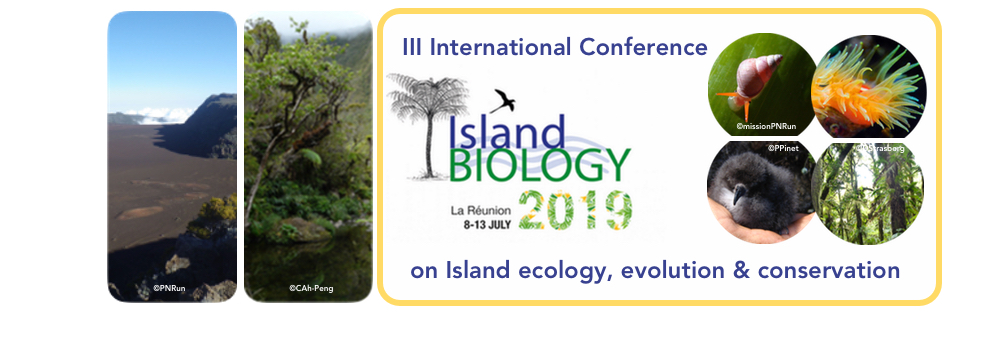Reunion Island (western Indian Ocean) is one of the islands in the world holding two endemic species of petrels, the Barau's Petrel (Pterodroma baraui), and the Mascarene Petrel (Pseudobulweria aterrima), both of which are poorly known and endangered. The principal threats to both species are introduced mammalian predators (rats and feral cats) and impacts of light pollution. The Mascarene Petrel has a very restricted population (between 45 and 400 pairs, with an average estimate of 250 pairs). This species is the most endangered endemic seabird of Reunion Island, and one of the rarest seabirds in the world. Remarkably, the breeding colonies for this critically endangered species remained unknown until late 2016, just over two years ago. How could breeding colonies of a species of global conservation concern be unknown for so long? It is due to a combination of factors, including a very small population size, the fact that Mascarene Petrels nest in underground burrows and only visit their colonies at night, and the incredibly rugged, steep, mountainous and heavily vegetated interior of the island where the petrels nest. Since 2015, an ambitious and multi-faceted program, called LIFE+ PETRELS, was initiated to engage massive research and conservation actions. Indeed, in less than 3 years, 2 breeding colonies of Mascarene Petrels were discovered, and more than 45 nests were monitored with 70 individuals, allowing the team to study biology and ecology of this elusive species. In this talk, we propose an overview of all the incredible results obtained within the LIFE+ PETRELS project and share innovative strategies and creative techniques, both on the breeding colonies and with local human communities on Reunion, to address a multitude of threats to the long-term conservation of these two single-island endemic species.

 PDF version
PDF version
